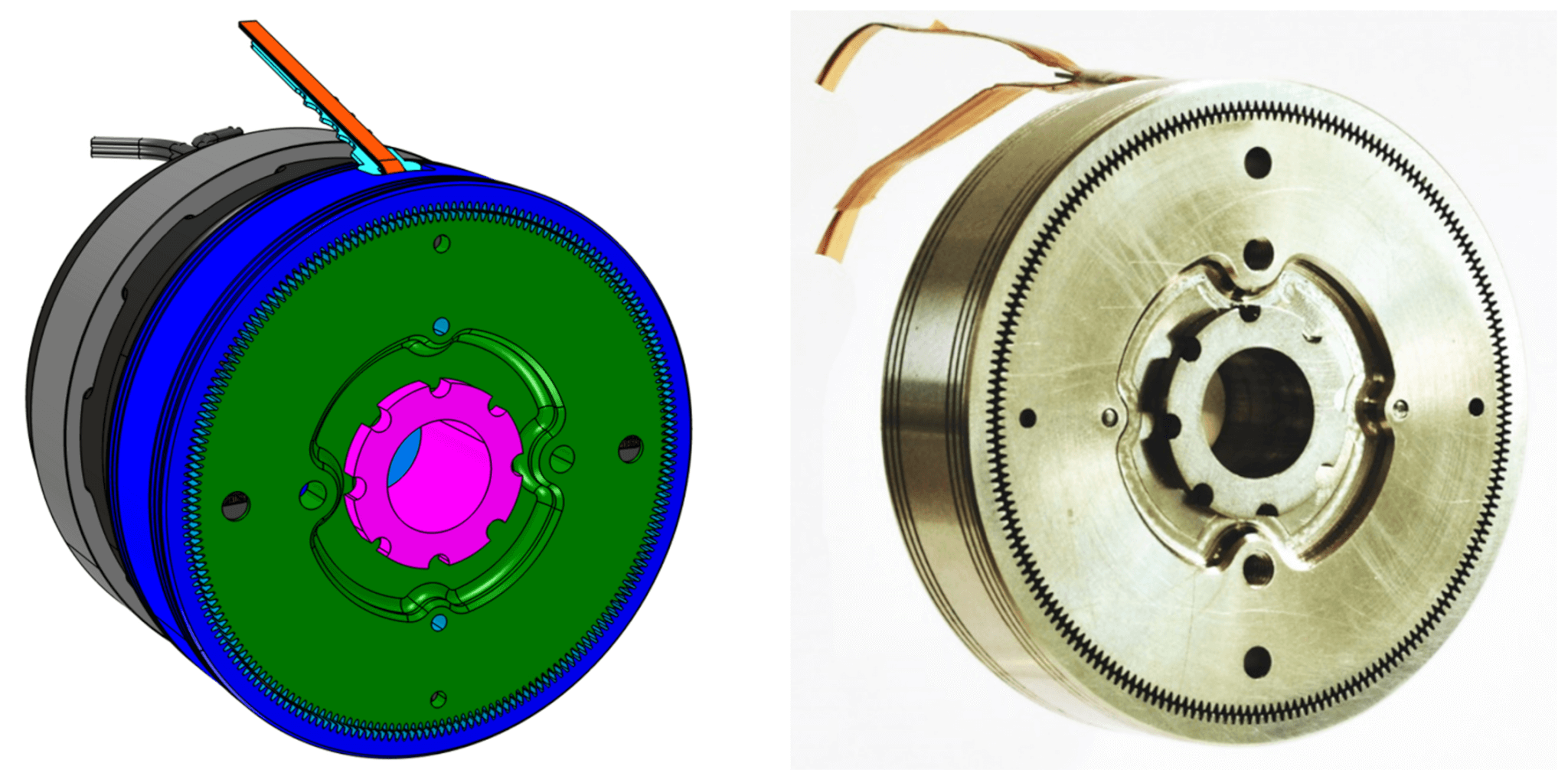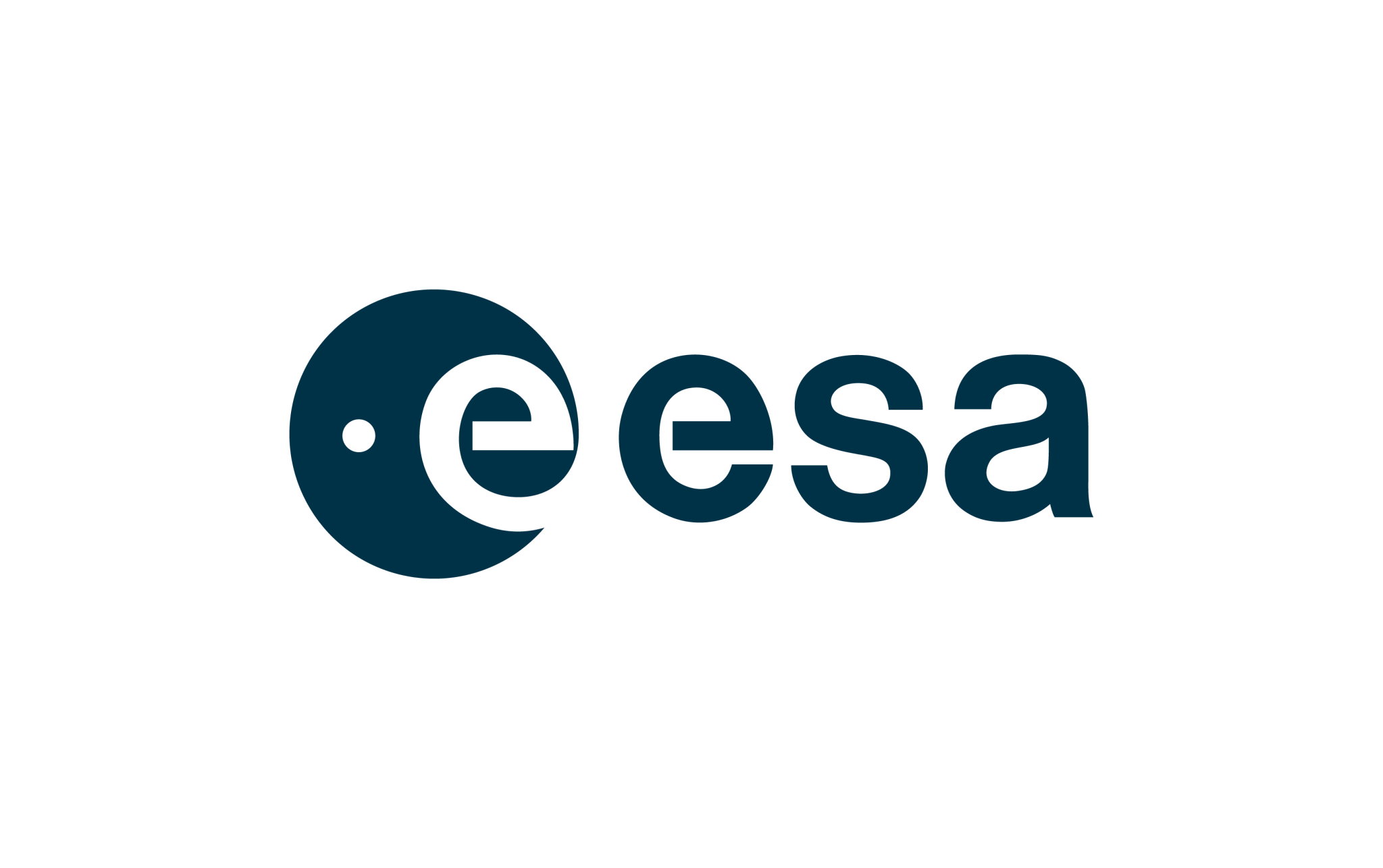Magnetic Brake II

Mankind’s activities in space keep increasing. Modern satellites and other spacecraft are equipped with a large number of rotating actuators. For blocking rotational movement, e.g. when fixing antennas or solar panels in their orientation, conventional friction-based or mechanically interlocking brakes cannot be used due to the danger of cold-welding or debris from abrasion.
The conventional approach applies stepper motors that have intrinsic cogging torque due to magnetic reluctance. This however means that sometimes, the size of the stepper motor is not determined by the required nominal torque but by the required braking torque. As a result, the actuators get unnecessarily big and heavy.
Project MagneticBrake II proposes a novel concept of a magnetic brake that allows switching on and off with a simple current impulse. The special feature: No energy is consumed in either of the two stable states – be it the locked or unlocked one.
AAC GmbH from Wiener Neustadt, AT, IIES from Vienna, AT and the Linz Center of Mechatronics GmbH from Linz, AT, have collaborated to develop, design, prototype (Breadboard and Engineering Model), and successfully test this novel type of magnetic braking unit. The impressive results have been presented at the ESA International Space Days in Noordwijk, NL in 2022 and will be presented at the project end at the 20th European Space Mechanisms and Tribology Symposium in Warsaw, Poland. The magnetic brake is available for use in space-related projects or terrestrial applications.









